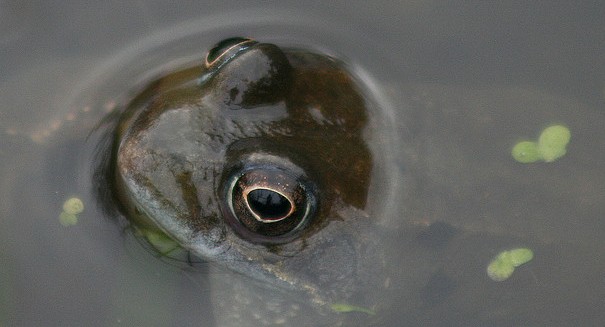
This new parasite surprised scientists, and could decimate frog populations worldwide.
Scientists have spotted a highly infectious disease that is presenting a global threat to frog populations in three continents.
The alarming finding has indicated that this disease affects tadpoles in six countries on three different continents, and in both tropical and temperate climates, according to a Discovery News report.
Researchers at the University of Exeter and the Natural History Museum in London have submitted findings to the Proceedings of the National Academy of Sciences that reports on tests they performed the found an infection caused by a marine parasite that is somewhat related to a parasite found in oysters.
It’s resulting in huge declines for frog populations across the globe, and scientists are sure that this infection is to blame. It’s part of a previously unidentified microbial group that tends to get into the livers of tadpoles, causing in massive deaths that cause frog numbers to dwindle worldwide.
The next step for researchers will be to figure out if this particular microbe “causes significant disease and could be contributing to the frog population declines,” said Exeter Professor Thomas Richards, the co-author of the study, according to the report.
The scientists tested tadpole specimens from six different countries for the study, looking for what are called “protists” — single-celled microbes storing DNA inside a nucleus like human cells.
Tadpoles are the larval stage of an amphibian, particularly frogs and toads. They spend their entire time before reaching adulthood in the water as they develop legs and the breathing abilities that will allow them to live on land. Some tadpoles are semi-terrestrial or even terrestrial, but it is uncommon. They use gills until they learn to walk on land, eventually growing hind limbs first followed by the shorter front legs.